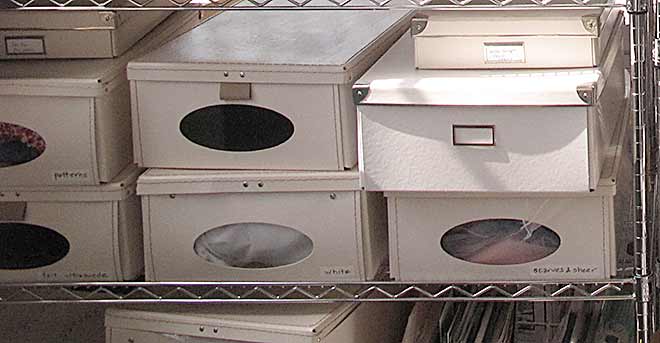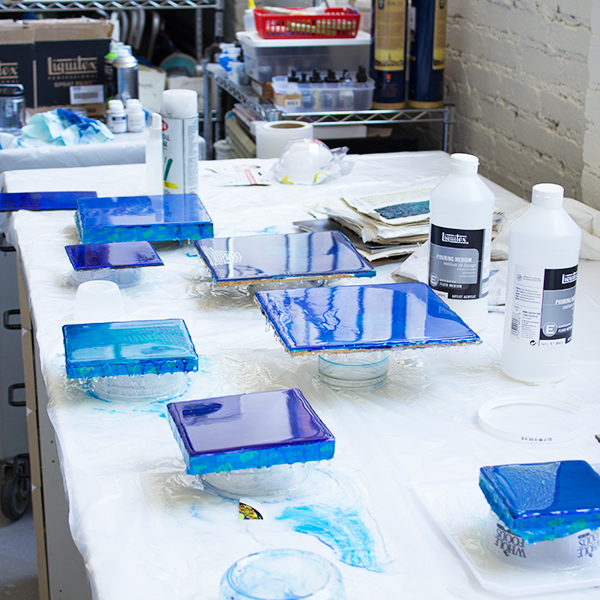Chances are you’ve encountered it before – in movies, jokes, anecdotes – the concept of the “starving artist.”
Many of us have consciously or unconsciously borne the burden of this pervasive myth in our society.
I have heard of countless creative people who were dissuaded from following their dreams because of fear of not being able to make enough money.
But that need not be a reason to give up entirely on something you cherish.
The truth is, of the hundreds of artists I know personally or count as dear friends, the majority DO have some other form of income. Most of them are doing something in the arts: teaching, arts administration, curating, design, illustration, working in or owning galleries, art preparator, framing. They are so many ways to make a living in the arts.
But let’s set the record straight: they are not starving. They own homes, go on vacations, send their children to college and STILL manage to make art, even if it is not their full-time income.
And then there are artists who make a handsome income off of their art. That’s a possibility as well.
Just last week I was at Anthony Meier Fine Arts in San Francisco looking at an exhibition of one of my favorite artists. Everyone of the five pieces sold before the show opened. My friend casually asked what the prices had been. “Between $500,000 and $1,000,000.” was the reply.
So definitely some artists are doing more than thriving.
The reason I bring this up is to just check our habits of thought and thinking around this issue.
Have you ever caught your self thinking thoughts of lack or limitation?
I was inspired by a passage from Lynne Twist’s book The Soul of Money: Reclaiming the Wealth of Our Inner Resources.
Please share your thoughts and experiences in the comments.


